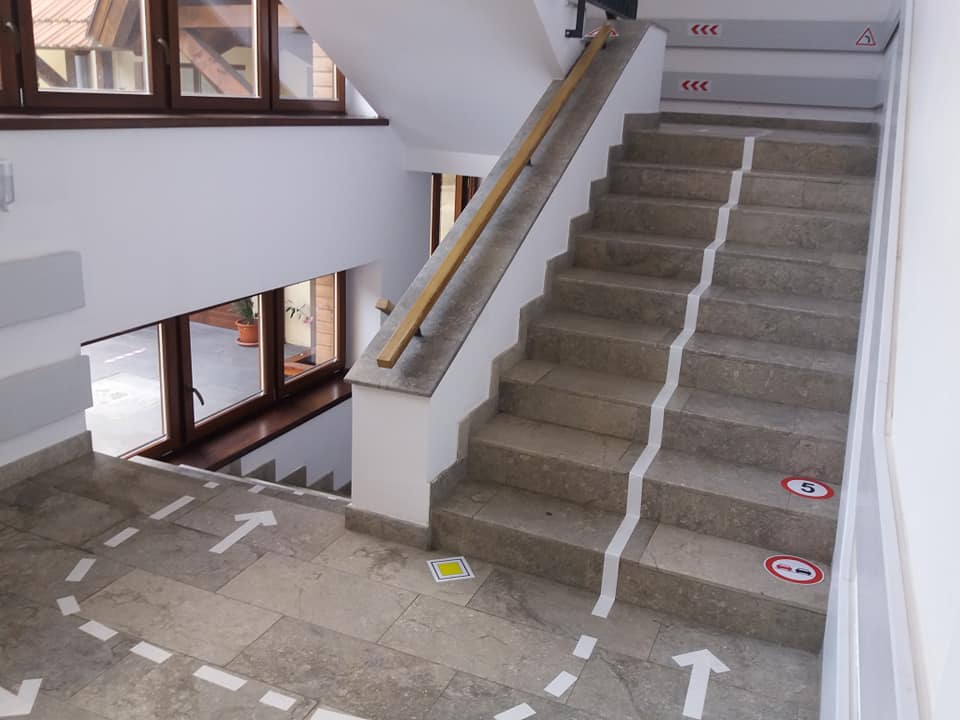In addition to the usual problems that show up every autumn, like the lack of textbooks, lack of toilets, and lack of operating permits for some schools, the opening of the Romanian school year in 2020 has some additional special conditions due to the COVID-19 pandemic, which are causing several more problems. The 2020/2021 year started on Monday, September 14, and in most of the schools, children can attend normal, offline, face-to-face classes; but not all students are so lucky, Romanian new portal ziare.com reports.
According to the news portal, in 12,423 schools, children will physically attend classes, while 4,915 schools will follow the hybrid educational format. But in another 262 institutions, approximately 100,000 students will learn exclusively online. According to the Ministry of Education, 87 percent of the students are ready for online courses with a laptop or tablet, either their own or received from local authorities, county school inspectorates or the schools themselves.

As Romanian Education Minister Monica Anisie said, the schools must make sure that students have the necessary equipment, “and now, according to the school inspectorates, there are no problems.” The minister also stressed that 96,312 teachers have now been trained in online teaching. Regarding the textbooks, Anisie said that “absolutely all textbooks for absolutely all classes, except for eight titles from the 8th grade, are posted on the Ministry’s website” and are available in electronic format for students and teachers.
Based on the number of coronavirus cases in their area, schools in Romania can apply three different (green, yellow or red) scenarios. There are 11 counties in Romania where no school is following the red scenario – Hargita (Harghita), Krassó-Szörény (Caraș-Severin), Hunyad (Hunedoara), Ialomița, Bihar (Bihor), Vâlcea, Tulcea, Botoșani, Beszterce-Naszód (Bistrița-Năsăud), Kovászna (Covasna) and Vaslui. Meanwhile, no school or kindergarten can apply the green scenario in Bucharest. In the capital of Romania, 600 institutions are under the yellow scenario, and almost 30 fall into the red category.
At the beginning of the school year, 106 teachers or other personnel are hospitalized, while 293 of them are in quarantine but ready to teach online. Another 91 teachers are on sick leave, while 147 professors started the school year by submitting their retirement papers to the school inspectorates.
The joint ordinance of the Ministry of Health and the Ministry of Education, regarding the safety measures applied in schools for the start of the new school year, includes guidelines for sanitary and protection measures for each educational level. For example, entrance to classes must occur in phases, via several access doors, at different times established according to each area or building. Wearing masks is mandatory for children and teachers; teachers and students must disinfect their hands frequently; and classrooms should be disinfected and ventilated daily. Similarly, all equipment used in the classroom needs to be disinfected daily.
Classrooms have been rearranged to ensure a distance of at least one meter between the desks. Transparent separators were installed in classrooms where the 1-meter distance could not be ensured. Also, in addition to a home check-up, the health of each student was assessed on the first day of school.

If one of the students in a class gets infected, all the courses will be suspended for that class for 14 days. If the courses are organized in shifts in the same room, only the courses for the class in which the COVID-19 case was confirmed will be suspended, and the students from the next shift will continue their courses. If three students from different classes test positive for COVID-19, the whole school will be suspended and switch to online learning for 14 days. If one of the teachers gets infected, they are obliged to inform the school management, which will notify the Public Health Directorates (DSP).
If offline courses are suspended for 14 days, the management of the institution must clean and ventilate all the classrooms and must disinfect all spaces of the school or kindergarten (classrooms, rooms, halls, toilets) in collaboration with the DSP. During the 14 days of suspension, all the direct contacts of the confirmed cases will be isolated at home.
With the beginning of the new school year, a new safety institution will also begin to operate: the School Safety Police is a new body that will ensure the protection and safety of students and teachers. These police officers will develop a police-school-community partnership in order to achieve an anti-crime educational process.
At the same time, the police will be more active in the school environment. According to the Romanian Police, a better interaction with students, their families and teachers, as well as knowledge of socio-demographic characteristics in the area of a school, will help prevent bullying and antisocial acts.
Title image: Approximately 100,000 students are learning exclusively online, but most Romanian students may attend offline classes. Photo: Guliver/Gettyimages